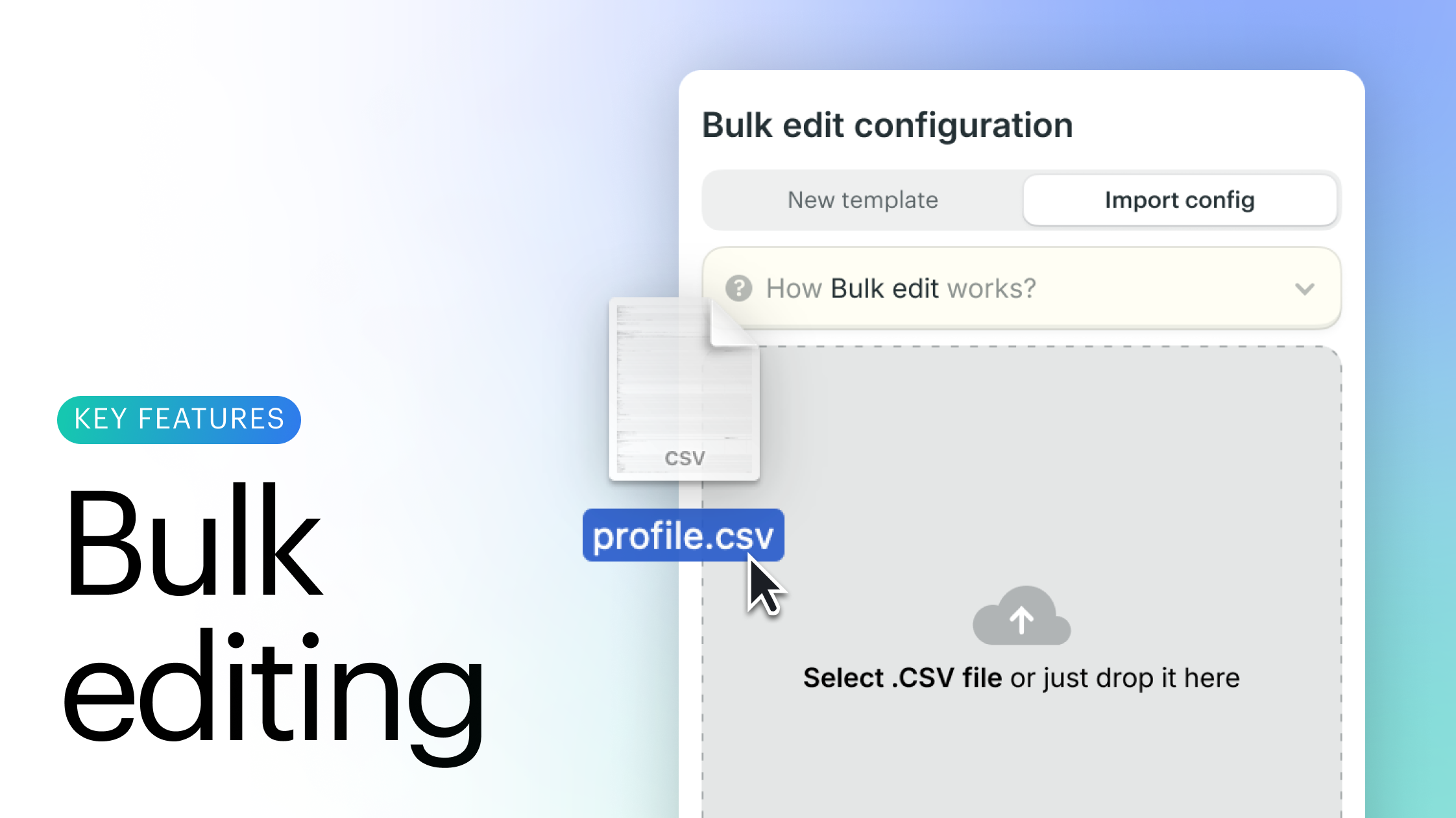Counterparty risk management is under the spotlight following market participants’ losses caused by the FTX downfall. It is clear that in the aftermath of the current crisis market structure should evolve to offer trading models alternative to CEXes; where trading, clearing, settlement and custody services are unbundled. All the risks should not be concentrated within one intermediate. It is very clear that this setup may put client assets at risk.
Being pioneers of the alternative trading model, we are running an OTC multi-dealer electronic marketplace for institutional participants, where customers can diversify and better manage counterparty risks to safeguard quality in their market.
Recently we have upgraded our risk-management system with automated pre-trade limit checking to give customers more flexibility to handle counterparty, as well as liquidity and settlement risks.
In a nutshell, counterparty risk can be minimized by the platform’s risk management and controls and procedures that require counterparties to maintain adequate collateral:
- The first layer of risk control on Finery Markets platform is “total exposure”, meaning the total limit for the sum of the market value of long and short positions across all instruments and counterparties.
- The second layer is “total exposure per counterparty”, which allows to individually adjust risk limits set against different counterparties.
- The third layer is “total exposure by assets”, which helps to handle both counterparty and liquidity risks and set individual limits to each particular asset (e.g. BTC, ETH) traded with a certain counterparty.
- The final, fourth layer enables setting risk metrics including “initial margin”, “trading restrictions” and “maintenance margin”. Initial margin is a partial pre-funding mechanism to mitigate market risks in case a counterparty fails to settle/deliver. Initial margin specified individually as a percentage of the established “total exposure per counterparty” limit. Real-time changes to the client positions are measured against the “trading restrictions” and “maintenance margin”, which are also set as a percentage of “total exposure per counterparty”. A customer is allowed to unwind the positions if the margin goes below “trading restrictions” level or his positions might be liquidated if the margin goes below “maintenance margin” level.
For more details see here

























